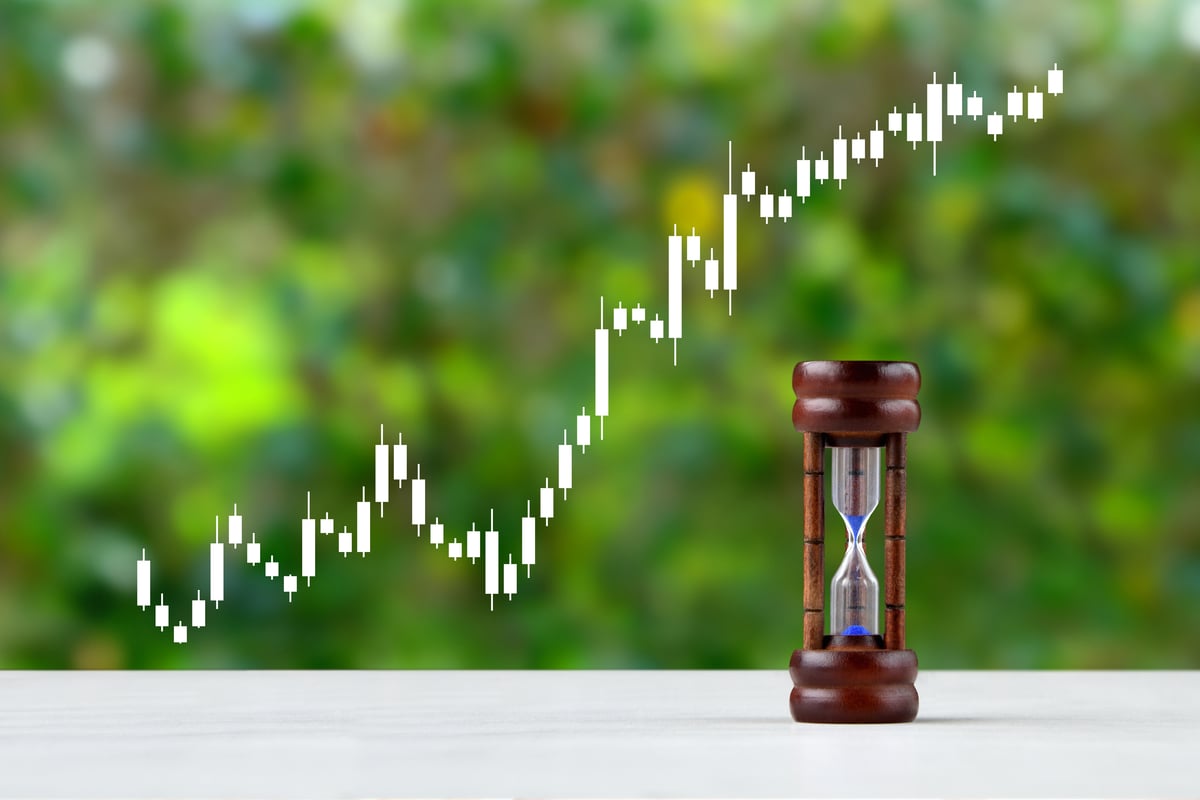
Amazon's inexpensive Fire tablet. Source: Amazon.
Demand for Amazon's(NASDAQ: AMZN) tablets is surging.
Sales of Amazon's Fire tablets more than doubled in the first quarter, making the e-commerce giant the third-largest seller of tablets in the world. Rivals Apple (AAPL 0.25%) and Samsung captured a larger percentage of the tablet market (25.9% and 15.2%, respectively) overall, but saw their sales decline on a unit basis.
The first-quarter performance of Amazon's tablets is notable, as it stands in sharp contrast to last year, when demand for Amazon's tablets cratered. Amazon may not be selling as many tablets as Apple, but it managed to do something the iPhone maker has not been able to: reignite tablet demand and return to growth.
A stunning 5,421.7%
Amazon shipped 2.2 million tablets in the first quarter of 2016, according to research firm IDC. That represents unit growth of an almost unbelievable 5,421.7%. That number, however, is somewhat deceiving, and it needs to be put in context.
Source: IDC.
In 2014, Amazon launched the Fire HD 6, a 6-inch version of its Fire tablet that retailed for just $99. Given its attractive price point, it proved to be particularly popular, and it represented more than 40% of the Fire tablets Amazon sold in the fourth quarter of 2014. However, IDC refused to define it as a tablet, arguing that its size put it in a different category, on par with a device like the iPod Touch. When it came time to compute Amazon's tablet shipments, it excluded the Fire HD 6 from its figures for that time period.
Amazon still sells the Fire HD 6, but last year it introduced the Fire tablet to its lineup. At just $49.99, it's even cheaper than the Fire HD 6, and an easy choice for budget-conscious buyers. At the same time, with its 7-inch display, it qualifies as a tablet under IDC's standards. A consumer that opted for the Fire HD 6 last year may have chosen a Fire instead. The boost in the IDC's figures, can in part be explained by the inclusion of the Fire in 2015 and exclusion of the slightly smaller 6-inch version in 2014.
But even adjusting for IDC's standards, Amazon still enjoyed much stronger tablet demand in the first quarter. In the company's earnings release late last month, it said Fire tablet sales more than doubled on an annual basis.
iPad demand continues to decline
Meanwhile, iPad shipments fell 18.8% in the first quarter, down to 10.3 million units. That means Apple still sold more than four times as many tablets as Amazon last quarter, but iPads are an increasingly smaller percentage of Apple's business.
iPad unit shipments have declined in each of the last nine consecutive quarters, and the iPad is now Apple's fourth-largest segment. In Apple's fiscal year 2014 first quarter, the last time iPad shipments grew on an annual basis, it was Apple's second-largest business -- behind only the iPhone -- and generated almost twice as much revenue as Apple's then third-largest segment, the Mac.
Apple's CEO Tim Cook has remained steadfast in his belief that the iPad would eventually return to growth, but it just hasn't happened -- at least not yet. On Apple's earnings call last month, he said the company expected iPad revenue to have its best performance on an annual basis next quarter, but that's likely to mean yet another decline. iPad revenue fell 23% year over year in the company's 2015 third quarter.
Two different strategies
"Amazon's success in the tablet market has thus far been purely based on price," wrote IDC in its fourth-quarter tablet tracker. Since it entered the tablet market in 2011, Amazon has worked to offer attractive tablets at affordable prices. "We're building premium products at non-premium prices," said CEO Jeff Bezos in the company's first-quarter release. In contrast, Apple has gone in the opposite direction, releasing progressively more expensive tablets. Its latest offerings, the 12.7-inch and 9.7-inch iPad Pro, are its most expensive tablets ever.
The companies are targeting two different sets of buyers: Apple is going after the enterprise market and the market for traditional PCs. Amazon is targeting consumers who want a media consumption device at the lowest possible price.
In time, increasingly powerful iPads could entice businesses and consumers, and the iPad could return to growth. But for now, Amazon's aggressive pricing strategy is finding more success.






